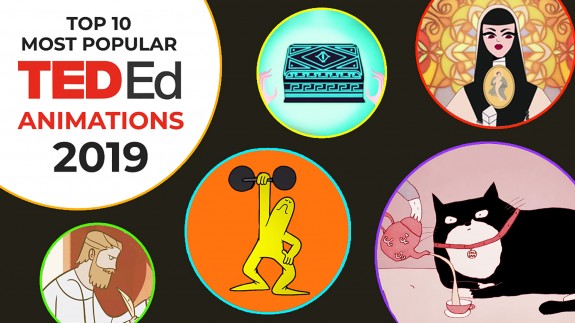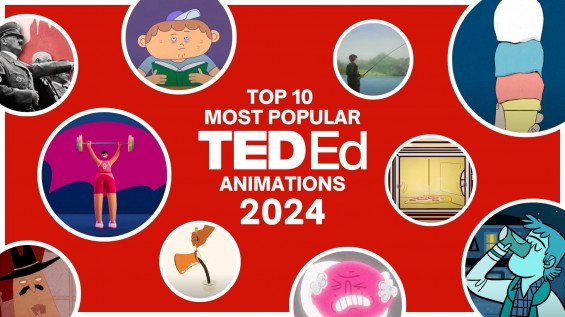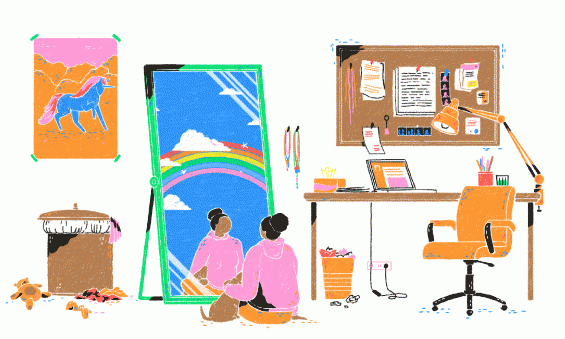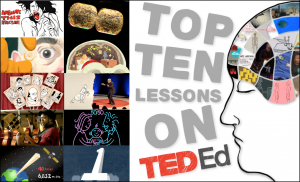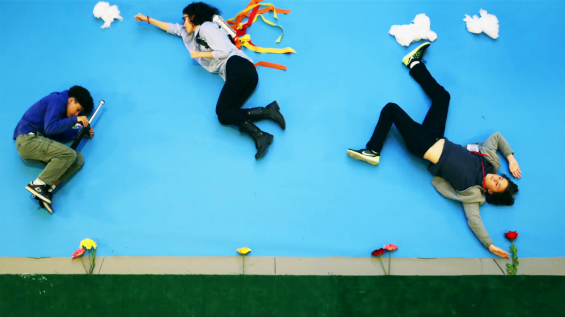
The 10 most popular TED-Ed Animations of 2019
In 2019, our YouTube audience spent over 23 million hours watching TED-Ed Animations (that’s equal to over 2,600 years!). Our most-viewed videos of 2019 include a couple of monumental myths, a radical and rebellious nun, an infamous personality test, and more.
Behold our top 10 most popular videos of 2019:
1. The history of the world according to cats
In ancient times, wildcats were fierce carnivorous hunters. And unlike dogs, who have undergone centuries of selective breeding, modern cats are genetically very similar to ancient cats. How did these solitary, fierce predators become our sofa sidekicks? Eva-Maria Geigl traces the domestication of the modern house cat. Watch this TED-Ed Animation below.
2. History’s “worst” nun
Juana Ramírez de Asbaje sat before a panel of prestigious theologians, jurists, and mathematicians. They had been invited to test Juana’s knowledge with the most difficult questions they could muster. But she successfully answered every challenge, from complicated equations to philosophical queries. Who was this impressive woman? Theresa Yugar details the life of the Mexican poet and scholar. Watch this TED-Ed Animation below.
3. The surprising reason our muscles get tired
You’re lifting weights. The first time feels easy, but each lift takes more and more effort until you can’t continue. Inside your arms, the muscles responsible for the lifting have become unable to contract. What’s going on? Christian Moro explains how exactly our muscles operate, and what causes them to become fatigued. Watch this TED-Ed Animation below.
4. How to spot a pyramid scheme
In 2004, a nutrition company offered a life-changing opportunity to earn a full-time income for part-time work. There were only two steps to get started: purchase a $500 kit and recruit two more members. By 2013, the company was making $200 million. There was just one problem — the vast majority of members earned less than they paid in. Stacie Bosley explains what a pyramid scheme is and how to spot one. Watch this TED-Ed Animation below.
5. A brief history of cannibalism
15th century Europeans believed they had hit upon a miracle cure: a remedy for epilepsy, hemorrhage, bruising, nausea and virtually any other medical ailment. It was a brown powder known as “mumia,” and was made by grinding up mummified human flesh. But just how common is human cannibalism, and how do cultures partake in it? Bill Schutt explores the complex history of cannibalism. Watch this TED-Ed Animation below.
6. Ancient Rome’s most notorious doctor
In the 16th century, an anatomist named Andreas Vesalius made a shocking discovery: the most famous human anatomy texts in the world were wrong. While Vesalius knew he was right, announcing the errors would mean challenging Galen of Pergamon. Who was this towering figure? And why was he still revered and feared 1,300 years later? Ramon Glazov profiles the most renowned physician in medical history. Watch this TED-Ed Animation below.
7. The myth of Pandora’s box
Pandora was the first mortal woman, breathed into being by Hephaestus, god of fire. The gods gave her gifts of language, craftsmanship and emotion. From Zeus she received two gifts: the trait of curiosity and a heavy box screwed tightly shut — never to be opened. But what treasure could never be seen by human eyes, and why was it in her care? Iseult Gillespie explores the mystery of Pandora’s box. Watch this TED-Ed Animation below.
8. How Thor got his hammer
Loki the mischief-maker, writhes in Thor’s iron grip. The previous night, he’d snuck up on Thor’s wife and shorn off her beautiful hair. To fix what he’d done, Loki rushes to the dwarves and tricks them into making gifts for the gods. Wanting to best their smith rivals, the dwarves make a set of golden treasures, including a hammer called Mjolnir. Scott A. Mellor traces the legend of Thor’s hammer. Watch this TED-Ed Animation below.
9. How does the Rorschach inkblot test work?
For nearly a century, ten inkblots have been used as an almost mystical personality test. Long kept confidential for psychologists and their patients, the mysterious images were said to draw out the workings of a person’s mind. But what can inkblots really tell us, and how does this test work? Damion Searls details how the Rorschach Test can help us understand the patterns of our perceptions. Watch this TED-Ed Animation below.
10. Einstein’s twin paradox explained
On their 20th birthday, identical twin astronauts volunteer for an experiment. Terra will remain on Earth, while Stella will board a spaceship. Stella’s ship will travel to visit a star that is 10 light-years away, then return to Earth. As they prepare to part ways, the twins wonder what will happen when they’re reunited. Who will be older? Amber Stuver investigates the “Twin Paradox.” Watch this TED-Ed Animation below.
On behalf of everyone here at TED-Ed, thanks for learning with us this year!
To get brand new TED-Ed Animations delivered to your inbox for free in 2020, sign up for the TED-Ed weekly newsletter here >>
